Whether you are an old pro at keeping chickens or a brand new beginner to the practice, there is sure to be a breed out there that is perfect for your purposes.
Whether you want meat, eggs or just beautiful birds to admire as they pace around your yard, there is something for everyone.
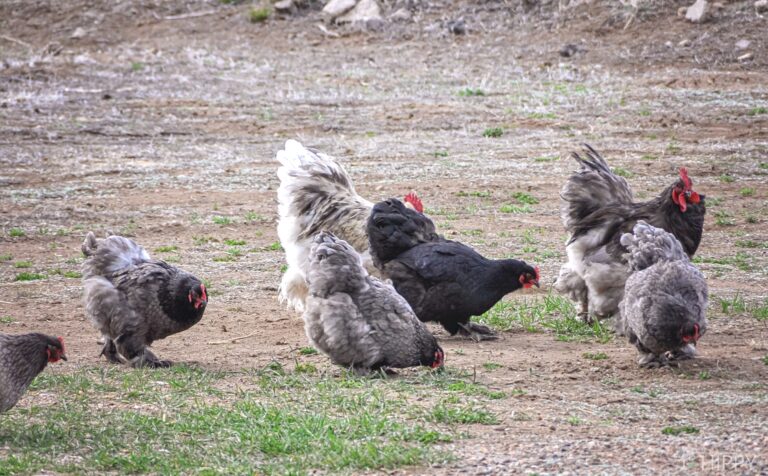
Take the Cochin for instance: The Cochin is a very large breed that hails from Southeast Asia, and is originally descended from Chinese stock.
These birds have always been bred for their magnificent, fluffy plumage that covers their legs all the way down to the feet.
They’re among the most beautiful chickens, but they don’t have many other practical purposes and can be prone to injury and health issues.
Nonetheless, they are popular and so friendly that they make great pets. I’ll tell you everything you need to know about this breed down below.
Table of Contents
Cochin Quick Facts
- Purpose: Exhibition.
- Plumage: Black, blue, brown, bard, golden laced, buff, silver laced, gray, partridge, white.
- Eggs Laid Year on Average: 150, no more than around 180.
- Egg Color: Light brown.
- Broodiness: Above average.
- Average Weight: 12 pounds, roosters. 10 pounds, hens.
- Average Height: 22 inches, roosters. Hens shorter, around 16 inches.
- Lifespan: 8 to 10 years.
- Temperament: Very friendly, comfortable with handling. Submissive to other chickens. Hens frequently get broody and defensive.
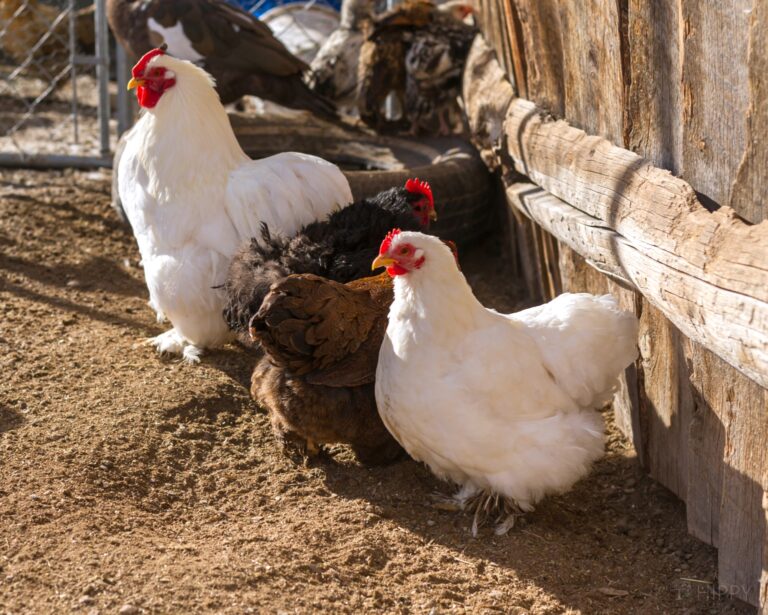
What Color and Pattern are Cochin Chickens?
Cochins come in a variety of colors, though one of the most iconic and popular is pure white from head to toe.
Additional plumage colors, according to the American Poultry Association, are black, blue, barred, brown, golden laced, silver laced, buff, and partridge.
Cochins also have yellow skin, though you’ll be hard-pressed to see any of it beneath that wonderfully dense coat of feathers they are wearing! Even their feet are completely covered by feathers.
How Big are Cochins?
Cochins are definitely heavy, large birds. Standing nearly two feet tall with roosters tipping the scales at 12 pounds or more, and hens right behind them at 18 inches and 10 pounds plus, the Cochin is a classic heavyweight bird.
They are big, and appear even bigger because their feathers are so full and fluffy. The legs in particular have a stump-like, thick appearance since they are feathered, even the toes, although they are not particularly stout for their size.
The body is somewhat squat, plump and is typically described as a spade or bell shape, giving an even greater impression of plumpness.
Although they’re very big and fluffy, Cochins don’t fare too well in weather that is very hot or very cold, and prefer more moderate climates.
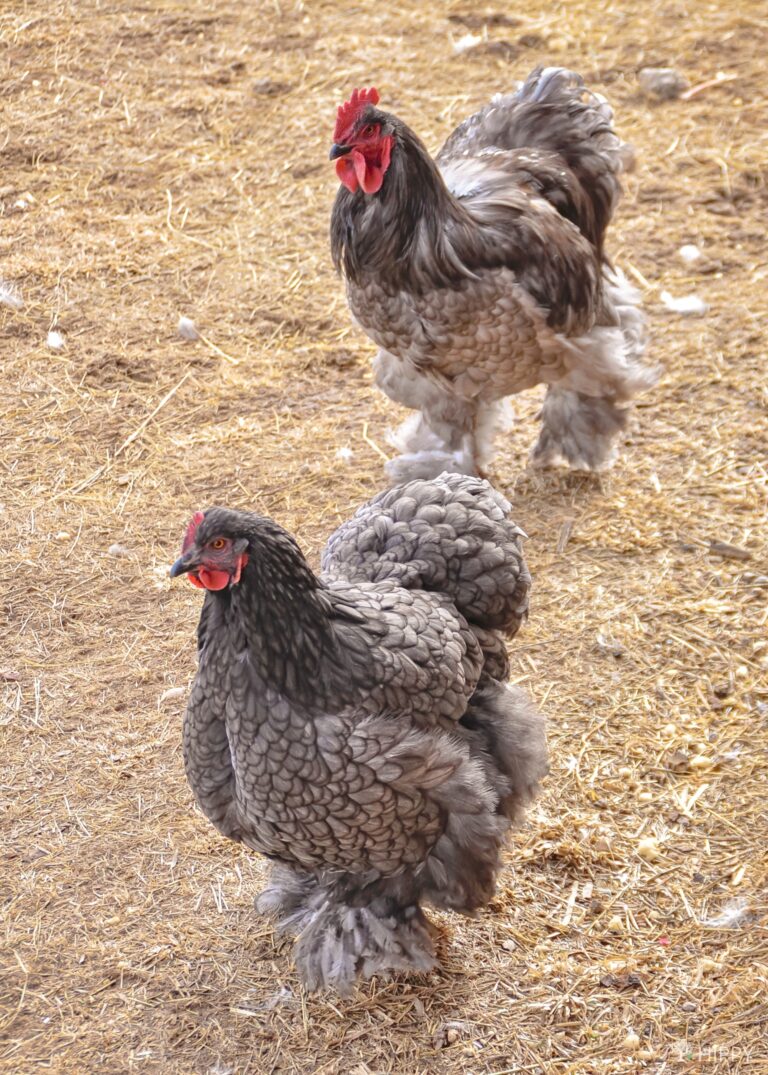
Cochin Essential Characteristics
The Cochin is an ornamental breed with a highly distinguished history. Originally imported to Europe in the mid-19th century, Cochins were brought from a French colony in modern day Vietnam, where these birds were all developed from a variety of extra-large Chinese breeds.
The Cochin is sometimes said to be a Chinese chicken, although this is not strictly true; however this assertion is kept alive today by the fact that the Cochin was previously called the “Cochin-China.”
But, one characteristic that these chickens have maintained for their entire existence is their fabulously fluffy, gorgeous plumage.
It is said that the Cochin, more than any other contemporary breed, was responsible for reigniting an interest in chicken keeping among people of the day, and the Cochin was so beloved that they were even gifted to Queen Victoria.
Back then, aside from being beautiful, the Cochin was a prolific layer of extra large eggs, though with time and additional selective breeding undertaken for appearance, this characteristic has definitely fallen by the wayside (although the modern Cochin is still respectable).
Cochins are also dependably friendly, tame birds and they make great pets. Their small, soft waddles and short, five-pointed comb also contributes to this impression of softness and friendliness and makes for a highly attractive bird by any standard.
They are generally agreeable to confinement, somewhat sedentary, and enjoy kicking back and eating what is provided rather than hunting and foraging.
Cochins are so big they really cannot fly, and their overall lack of agility means they cannot even flap their way through a high jump; a 2 ½ foot fence is almost always sufficient to keep fullsize Cochins in place.
Overall, a great chicken for those with laid-back personalities who want a bird to match.
But, as we will learn, selective breeding and a fairly lazy temperament also makes the Cochin prone to some health issues and accidents. More on that in just a moment…
What are Cochin Chickens Raised For?
Cochins are predominantly raised as exhibition birds or as pets, again owing to their great, friendly temperament.
There have been countless generations of Cochins bred that were specially selected for looks and temperament alone, to the great detriment of their egg-producing qualities and also the quality of their meat.
Cochin meat is dark, stringy and coarse, qualities that make them ill-suited for meat production, especially when you consider that these big birds develop slowly, and may not be fully mature until about a year and a half of age.
That said, a Cochin is still a decent choice for someone who wants just a few eggs, and a year-old capon can make a good meal.
Are Cochin Chickens Good Layers?
Decent layers, but not truly good, not compared to the standards of today. A Cochin hen in good health will lay around 150 eggs per year on average, but no more than 180.
Eggs tend to be very large, though, and are typically more than enough for even a large family.
What Color Eggs Do Cochins Typically Lay?
Cochins lay light brown eggs.
When Do Cochins Start Laying?
As I mentioned above, Cochins are very slow to grow and mature, and this affects when they start laying eggs.
A hen will usually begin to lay when she is 8 months old, or perhaps 9 on the outside, significantly later than most other breeds.
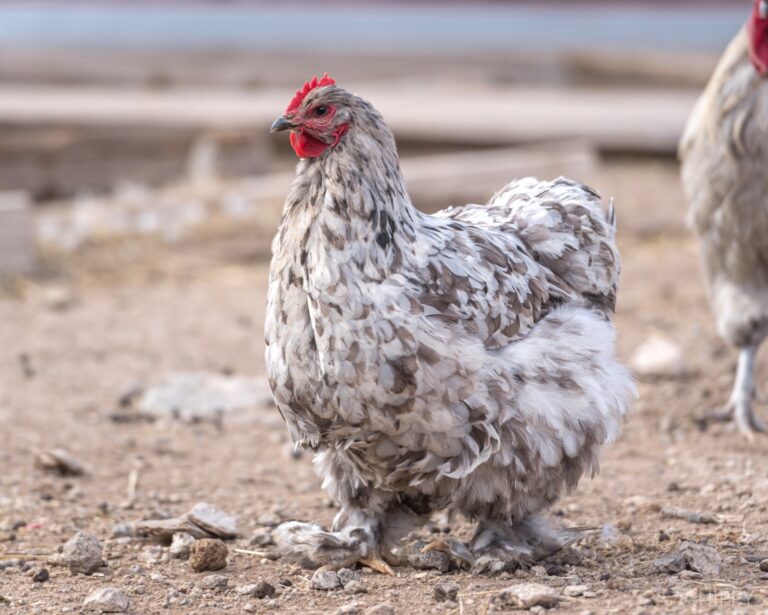
Something else to consider is that cochins are fairly notorious for laying eggs through the winter, and then halting egg production when the weather starts to warm up, the reverse of many other breeds.
This might be advantageous if you want a chicken that will supply you with eggs all winter long, but if you were counting on spring and summer production you might be out of luck if your hen decides she’s on vacation!
What Do Cochin Chickens Eat?
Cochins eat what pretty much what all other chickens eat, or at least most domestic chickens.
They should, as always, be fed primarily a diet consisting of mostly nutritionally complete chicken feed, supplemented by various whole foods.
Cochins can and will eat bugs, worms, snails, tiny lizards and things like that along with produce in the form of fruit and vegetables and various kinds of flowers, seeds and other plant matter.
Because Cochins are so big, they need more calories than other chickens, particularly hens that are laying steadily. Don’t forget to supplement their diet with grit and various vitamin or mineral additives when and as needed.
Do not depend on your Cochins to forage or hunt for supplementary foods. Most of them just don’t care to, and if there’s any chicken that you could call lazy, the Cochin is probably it.
They’re more than content to eat what is provided to them, and only what is provided to them.
Even if you allow them to roam or free-range across your property, many will be more than happy to park it and bask in the sunshine, take a nap, or hang out with you!
Accordingly, it is up to you to supply them with a variety of foods that will round out their diet…
How Long Do Cochin Chickens Typically Live?
For a large breed, particularly one that is not very active, Cochins live a surprisingly long time, with 8 to 10 years of being the rule assuming their health holds. See the next section.
Are Cochins Prone to Particular Health Issues?
Compared to some other heritage breeds, Cochins are indeed prone to some health issues owing to their size, middling physique, and extremely dense, fluffy feathers.
Right out of the gate, more than most other breeds, Cochins are prone to obesity.
They are big birds that eat a lot, and they love to eat, and will generally keep eating as long as there is food in front of them.
Come on this with an overall lack of activity, and the stage is set for precipitous weight gain. Make it a point to carefully measure the food that you give your flock to prevent this.
Also, that size and weight causes an increase in injuries from bumblefoot, falls and other accidents.
Cochins should never have a coop that is too high off the ground without a ramp, and on the same note their roosting bars should also be easy for them to access. They don’t fly really at all, and they can’t even jump that high without risking injury.
Furthermore, their weight, combined with their heavily feathered legs and feet, makes them prone to bumblefoot which can go undetected, and also infestations by lice and mites.
Concerning both of these, you must take the time to inspect your chickens regularly and thoroughly, which will be challenging considering the density of their plumage.
The parasite problems and oversight of injuries is a problem that you can attribute to any breed that has dense, fluffy feathers, but it is particularly troublesome for Cochins.
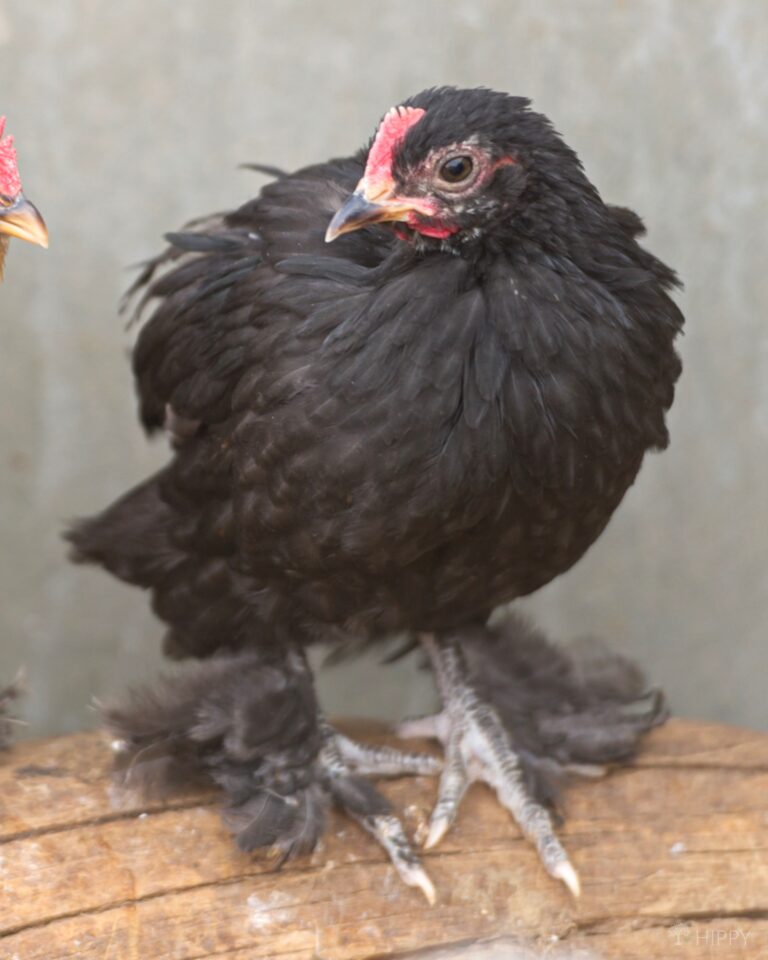
Are Cochin Chickens Friendly?
Yes, generally Cochins are very friendly, one of the friendliest breeds out there, and this makes them great pets and easy to handle in almost all circumstances.
For adults, for children, or just for keepers who are a little hesitant about handling a potentially aggressive 10-pound bird, Cochins are wonderful!
It should be noted, though, that hens tend to go broody fairly frequently and, as with all good mothers, they will defend her eggs when in this state.
Do Cochins Get Along with Other Chickens?
Cochins generally do fine with other chickens that aren’t particularly aggressive or concerned with dominance.
Though they are large birds, they don’t fight much and when they do they aren’t very good at it. You will rarely see a Cochin starting a fight…
They will sometimes defend themselves from other chickens that are getting aggressive, but fights among their own kind are rare, and they tend to be highly submissive in cases of serious trouble.
If you are putting Cochins in a mixed flock, you’ll need to keep an eye out on birds that are known to bully or ones that will not stop until true dominance has been established.
This is because your Cochins, despite their size, are probably not going to come out of the encounter looking good.
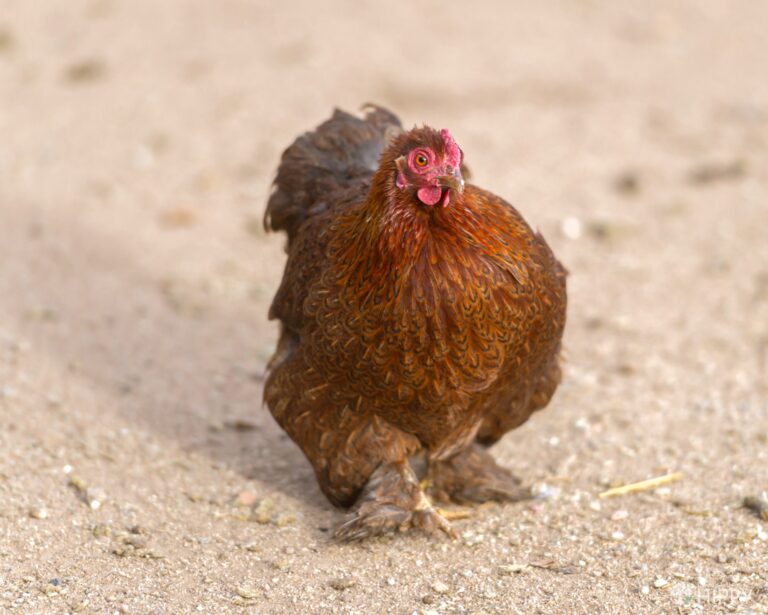
What Kind of Chicken Owner are Cochins Right For?
The Cochin is a popular heritage breed, but one that isn’t for everyone.
The ideal Cochin owner is one who wants a gorgeous chicken that is primarily there just to look good and potentially be held and snuggled.
These chickens bond with people readily, and are quite friendly and tolerant of handling. If you want a pet chicken, you can do a lot worse than Cochins.
Also, the Cochin is still a fairly dependable egg layer, though their slow development and tendency to lay only during the winter as opposed to the warmer months is going to be a deal-breaker for some.
They don’t make great meat birds, however, so if you want a true utility breed they are not a good choice.
Of course, if you want chickens that are not prone to wandering off, free-ranging, or intense bouts of activity, the Cochin is pretty close to a true couch potato bird.
They’re happy to just hang around and wait to be fed, and for some people that’s enough.
However, their great size, lack of athleticism, and generally poor injury tolerance make them highly vulnerable to predators, so there is a good argument to be made for keeping them in a run.
Lastly, the Cochin is definitely not for a laissez-faire owner: they don’t take care of themselves very well, they don’t forage well, they don’t hunt well, they overeat, and they are more prone to health issues compared to some other birds.
This means that despite their overall lack of activity you must be even more involved in their lives than you would with another breed!
If you are a go-getter that desires a chill chicken, get a Cochin. But if you want an especially hardy breed they can look after themselves for a time when you’re busy with other things, maybe think twice.
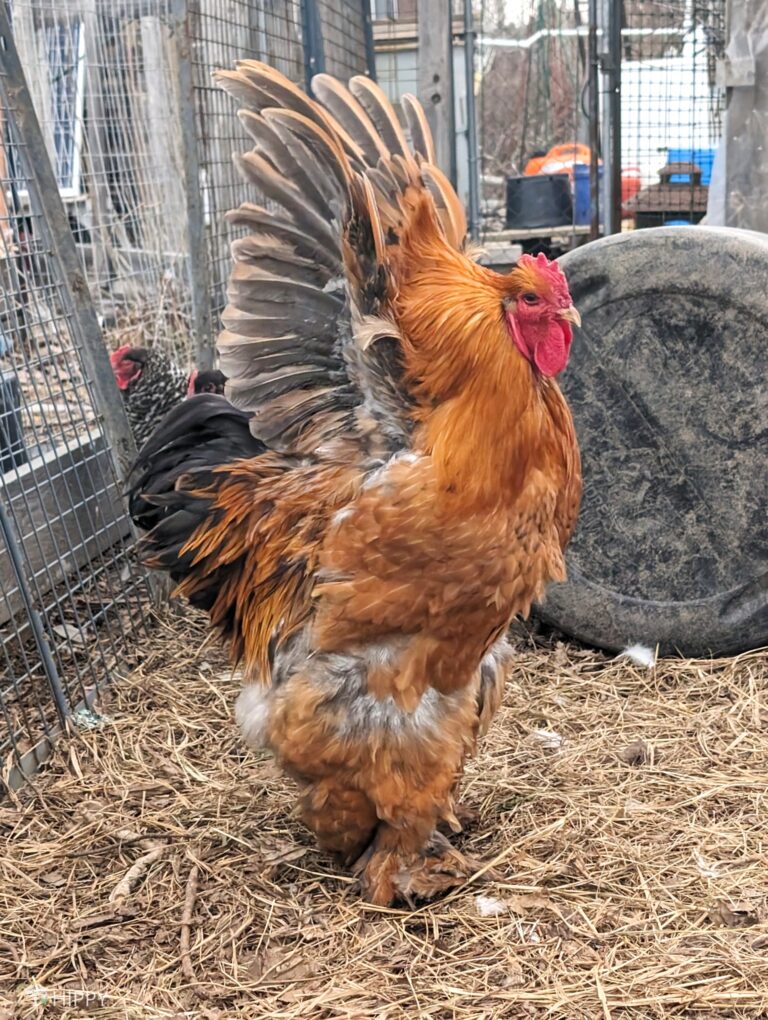
Cochins FAQ
Cochins are presently not as popular as they once were, but they aren’t rare either.
They are a regular fixture at hatcheries, and specialist breeders have ensured that these birds are routinely available. Chances are you won’t have to look too far or too hard to find a Cochin.
No. You’ll usually need to wait about a couple of months before you can tell the boys from the girls.
Remember, Cochins grow and develop slowly compared to many other chickens, so you even have to allow more time for sorting the roosters from the hens.
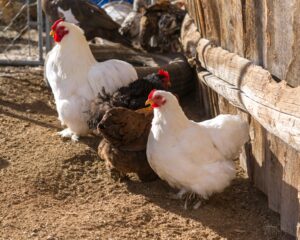
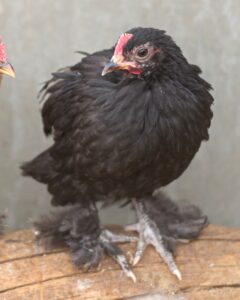
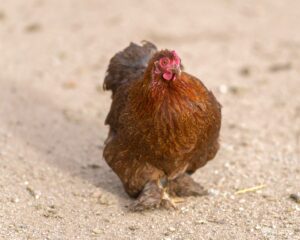
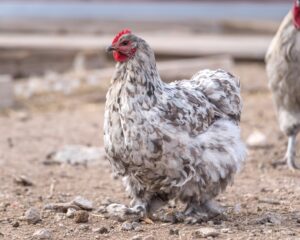
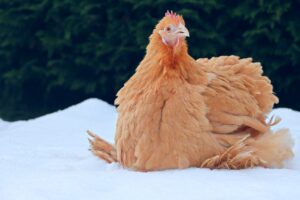
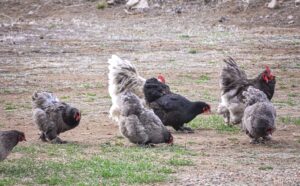
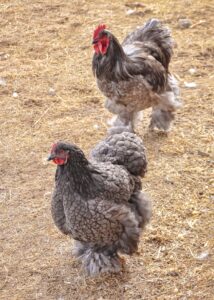
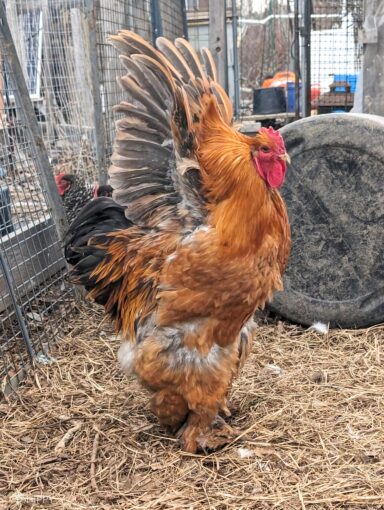
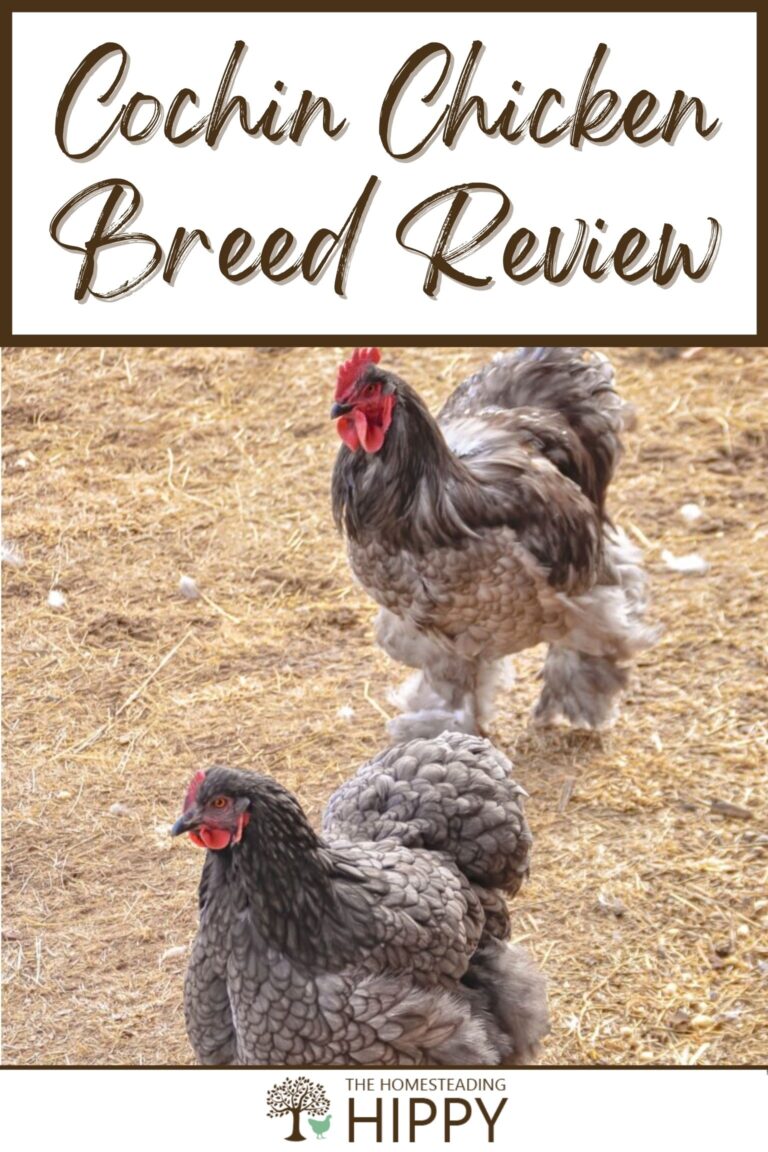
Tim is a farm boy with vast experience on homesteads, and with survival and prepping. He lives a self-reliant lifestyle along with his aging mother in a quiet and very conservative little town in Ohio. He teaches folks about security, prepping and self-sufficiency not just through his witty writing, but also in person.
Find out more about Tim and the rest of the crew here.








